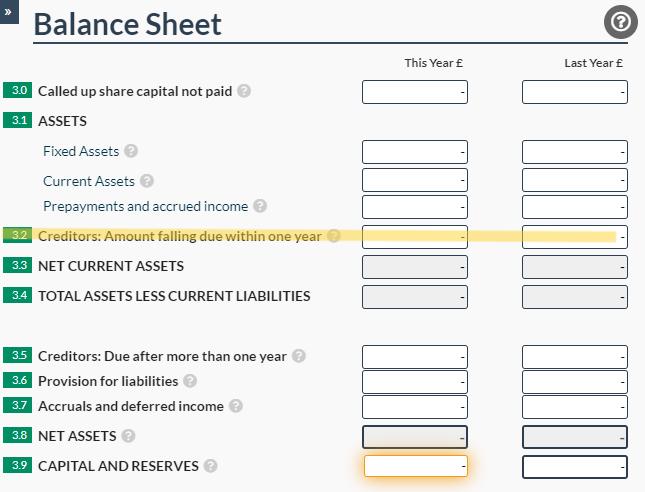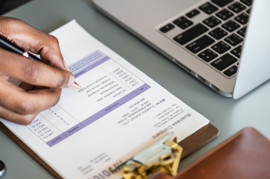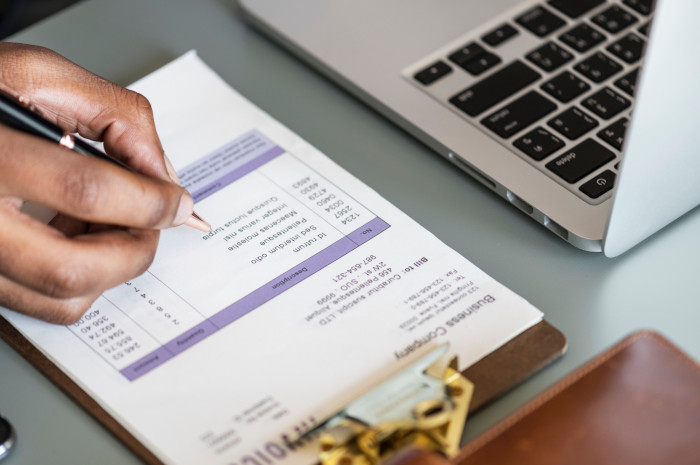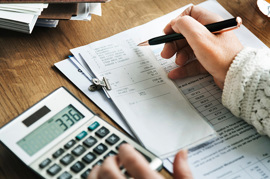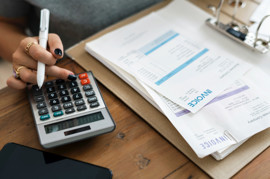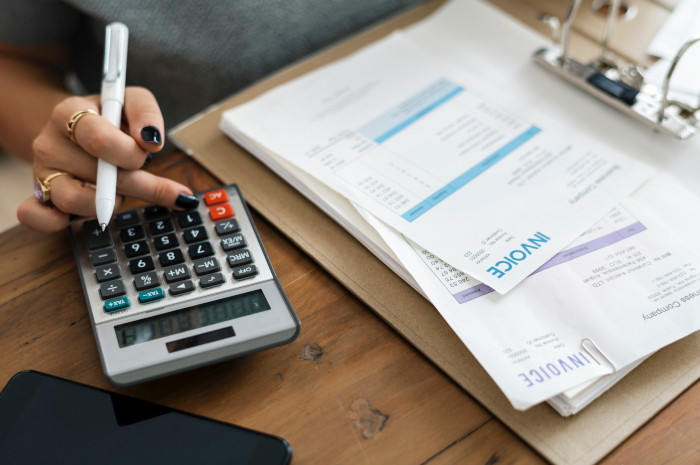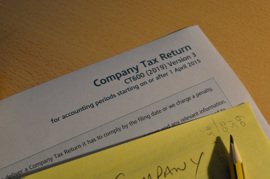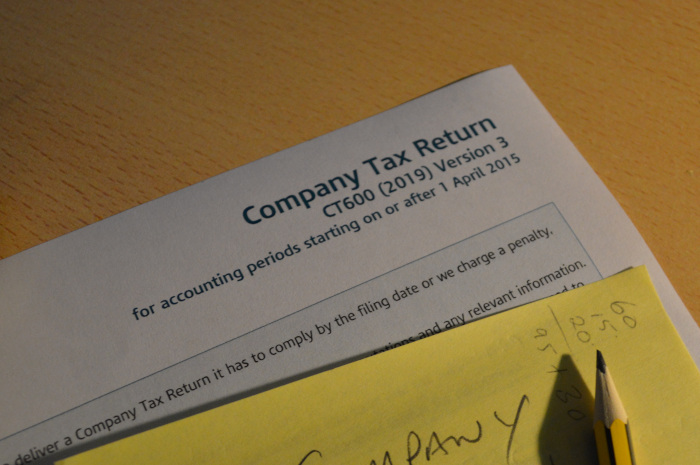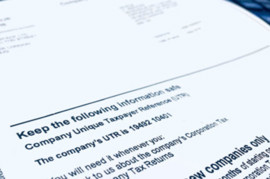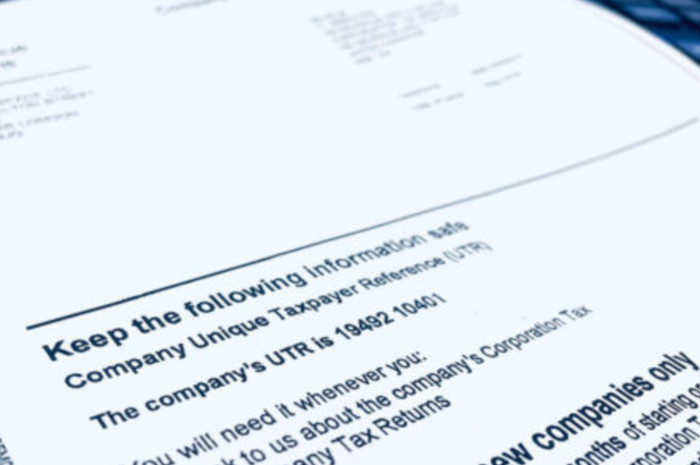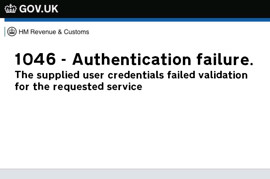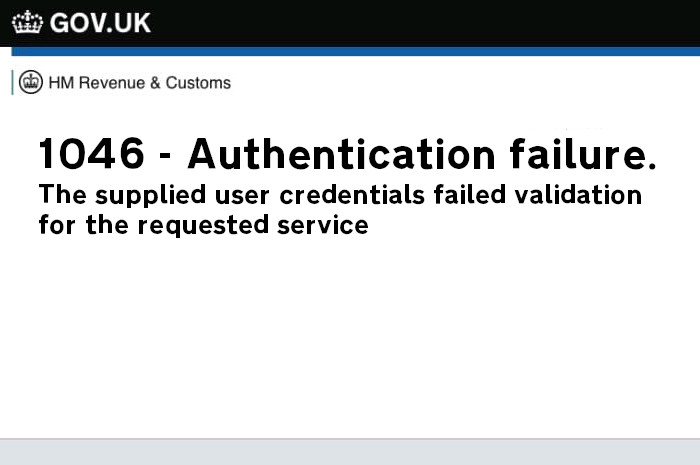VAT - Registration and applicable rates
Value Added Tax is a tax added to most services and products by VAT registered businesses. It is also referred to as a 'consumption tax' because it is borne by the end consumer. Limited companies, partnerships and sole traders can register for VAT.
How to know when to register for VAT ?
Registering for VAT is required if a business' VAT taxable turnover is more than £90,000, however, before reaching this threshold businesses can make a voluntary registration. Once registered, VAT registered businesses have to keep records of how much VAT is paid on items purchased for use in the business and also charge VAT on the price of all goods or services provided at the correct rate.
VAT Taxable turnover is all turnover generated by sales that are not VAT exempt, although items that are zero rated are still classed as VAT taxable turnover.
What are the VAT rates in the UK?
There are three rates of VAT for goods and services in the UK:
- Standard rate of 20% (applies to most goods and services)
For example, if a product is priced at £240 and the standard rate of VAT applies, the end consumer will pay £288, hence £240 will be kept in the business and £48 will be forwarded to the government.
- Reduced rate of 5% (applies to some goods and services such as home energy, residential property)
For an item purchased for £136.50 - £130 are retained by the seller and £6.50 of VAT is transferred to the government.
- Zero rate of 0% (applies to life necessities - this includes most food, medical equipment, books, children's clothes)
Even though those are zero rated, they should be included in your VAT return.
VAT does not apply to all sales and some are exempt or outside of the scope of VAT, for instance insurance, education and postage stamps are exempt, also fundraising events by charities, goods or services bought and used outside the UK are outside of the scope of UK VAT.
What can VAT be claimed on?
VAT can be reclaimed on goods and services that are used exclusively in your business - for example office equipment, laptops, as well as third party costs like accountants. However, VAT cannot be claimed on items personally used or on entertainment costs.
How does VAT work and what is a VAT return
VAT paid to HMRC is usually the difference between any input VAT you have paid to other businesses (for instance paying for expenses that have VAT), and the output VAT you have charged your customers at the relevant rate. If you have charged more VAT than you have paid on expenditure, you must pay the difference to HMRC. However, if you have paid more VAT than you have charged, HMRC will repay the difference. This is calculated in the VAT return by taking into account:
- Total sales and purchases in a three-month accounting period
- The amount of VAT owed on sales
- The amount of VAT you can reclaim for purchases
All VAT registered businesses must submit VAT returns even if there is no VAT to pay or reclaim.
How to calculate VAT due
Lets explore the following example: A VAT registered business has VAT taxable turnover of £25,800 in a three-month accounting period, on which the standard rate of VAT has been charged. Therefore, £21,500 are the NET of VAT sales and £4,300 is the VAT element. In the same period, the total expenditure on which VAT has been charged amounted to £7,730 at the standard rate, meaning that the reclaimable VAT is £1,546. The payable amount to the government will be £2,754 which is the difference between £4,300 (payable) and £1,546 (reclaimable on expenses).
VAT returns filing due date
The majority of companies are required to submit VAT returns to HMRC every three months - 4 times a year (also known as quarterly returns) in which they report the amount of output and input tax. Businesses registered for the Annual VAT accounting scheme will only submit one VAT return per year. The deadline for submitting returns online is usually 1 calendar month and 7 days after the end of the three-month period, which is also the due date for paying any VAT to HMRC.
Now lets consider the case where the VAT registered business' accounting period runs from 1 January 2023 to 31 December 2023:
- Quarter 1: 1 January 2023 to 31 March 2023 (3 months) - deadline to submit this return and pay any outstanding VAT (if applicable) is 7 May 2023
- Quarter 2: 1 April 2023 to 30 June 2023 ( 3months) - deadline to submit this return and pay any outstanding VAT is 6 August 2023
- Quarter 3: 1 July 2023 to 30 September 2023 (3 months) - deadline to submit this return and pay any outstanding VAT is 6 November 2023
- Quarter 4: 1 October 2023 to 31 December 2023 (3 months) - deadline to submit this return and pay any outstanding VAT is 7 February 2024
*Please note that the due dates are applicable to the accounting period in question, and different accounting periods will have different filing due dates. The due dates for filing VAT returns can also be viewed by accessing the company's online gateway account.
How to account for VAT when preparing your company's accounts
- Non - VAT registered businesses
If a business is not registered for VAT, then VAT cannot be charged on the goods sold or services provided. Also, the VAT segment that has been charged on purchases cannot be claimed back. Therefore, when preparing the company's accounts the expenditure is shown inclusive of VAT in the Income statement, meaning that if office stationery is purchased for £84 and standard rate of VAT has been charged (£14 is the VAT element and £70 is the NET of VAT expense) - in the Income statement the expense is to be recorded as £84.
- VAT registered businesses
On the other hand, if an entity is VAT registered then it is important to keep a reliable track of all transactions and categorise them accordingly as expenses or income. Usually VAT book-keeping for micro and small companies can be a relatively simple process, the sales and expenses net of VAT are recorded on the profit and loss statement, the balance of the VAT owed to HMRC (or reclaimed from HMRC) is recorded on the balance sheet.
If we take into account the example from above, if the business is VAT registered and had paid £84 for office stationery - the £70 net cost is recorded on the Income statement and the £14 VAT recorded on the balance sheet as money owed to the business, as the VAT amount could be reclaimed from HMRC (assuming there are no sales to off-set against) - within current assets.
What does it mean to keep track of expenses, income and monitoring the VAT account?
Essentially the VAT account is about keeping a record of the VAT you charge on sales and VAT you pay on purchases/other expenses - the net of VAT values of sales and outgoings. Additionally, the VAT position of the company should not be reflected on a company's Income statement, as it is just a flow through and will be reflected on the balance sheet, as at the last day of the accounting period. If the company owes VAT this figure will appear as a Creditor. If, however, VAT is owed to the company, this will be represented as a Debtor.
To sum up, VAT may seem complex and there are areas that needs attention due to exceptions and exemptions as well as its compliance requirements. However, for a small business as long as accurate records are kept then it is easy to keep track of. Generally speaking, if there are a few transactions. keeping records in a spreadsheet can be acceptable. However it is always a good idea to use accounting book-keeping software that will manage those records for you; minimising the potential inaccuracies.
If you have any VAT payable at the end of your period you should declare the amount in box 3.2 'Creditors Amount falling due within one year'. You can find box 3.2 by navigating to your iXBRL accounts and looking under 'Balance Sheet'.
